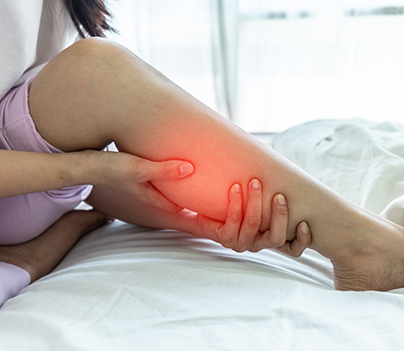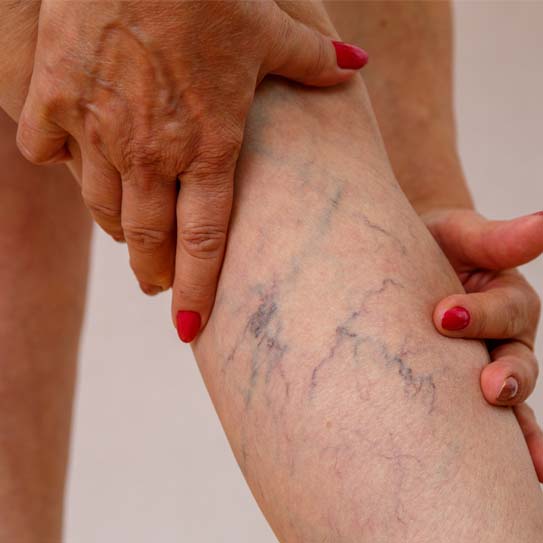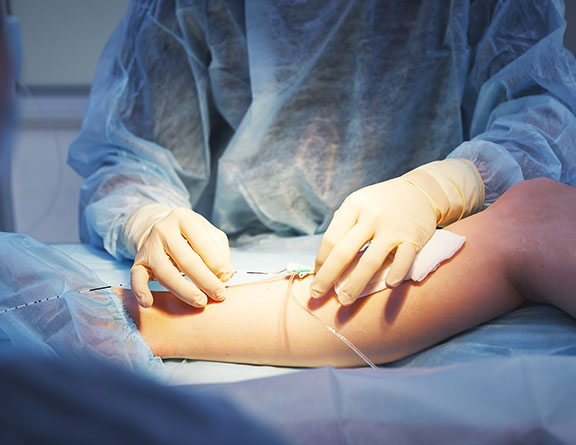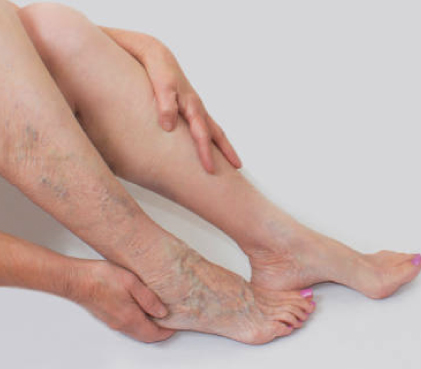
As previously mentioned, a gynaecologist performs a hysterectomy (uterus removal surgery) in which the uterus is removed together with other components of the female reproductive system, such as the cervix, fallopian tubes, and occasionally even the ovaries.
The woman will be asked to change into a hospital gown so the doctor can monitor her heart rate before the hysterectomy.
The surgeon will insert an intravenous line to inject injections and medicinal fluids.
To 'block' pain during surgery, an anesthesiologist will sedate the patient with general, local, or spinal anaesthesia.
Here are a few pointers to assist you calm your concerns and have your hysterectomy without incident.

Is hysterectomy (operation to remove the uterus) a common course of care?
In the United States, hysterectomies are performed on about 300,000 women annually. After a caesarean section, it is the second most frequent procedure performed on women. (Referring to Cleveland Clinic)
Is a hysterectomy—the removal of the uterus—safe?
A hysterectomy (the surgical removal of the uterus) is often highly safe, although complications are always a possibility with any major procedure. Blood clots and infection are typical concerns related to an abdominal hysterectomy.
How long does recovery from a hysterectomy take?
After an abdominal hysterectomy, recovery takes between 6 and 8 weeks. Recovery periods following a vaginal or laparoscopic hysterectomy are significantly shortened. During this period, you should avoid hard lifting, get plenty of rest, take your medications on schedule, and pay close attention to your doctor's instructions.
What should I anticipate following a hysterectomy procedure?
After a hysterectomy, you can feel minor vaginal bleeding, discomfort, and discharge. Following surgery, this might persist for up to six weeks. If you get a complete hysterectomy in which the ovaries are removed, you can start to feel the effects of menopause soon after. On the other hand, if the ovaries are still functioning and producing hormones, you can have hot flashes, mood swings, stomach pains, etc.

Also known as endovenous laser treatment or EVLA, this is a minimally invasive ultrasound-guided procedure that involves the use of ultrasound images and laser fiber in order to kill the delicate lining of the veins. After a few days following the procedure, the body absorbs the dead tissues, closing off the abnormal veins with minimal or no discomfort. This is one of the most commonly preferred methods as it involves far fewer complications, and the recovery time, as well as the success rate of this method, is much faster and higher than that of any surgical process.

Also known as endovenous laser treatment or EVLA, this is a minimally invasive ultrasound-guided procedure that involves the use of ultrasound images and laser fiber in order to kill the delicate lining of the veins. After a few days following the procedure, the body absorbs the dead tissues, closing off the abnormal veins with minimal or no discomfort. This is one of the most commonly preferred methods as it involves far fewer complications, and the recovery time, as well as the success rate of this method, is much faster and higher than that of any surgical process.

Also known as endovenous laser treatment or EVLA, this is a minimally invasive ultrasound-guided procedure that involves the use of ultrasound images and laser fiber in order to kill the delicate lining of the veins. After a few days following the procedure, the body absorbs the dead tissues, closing off the abnormal veins with minimal or no discomfort. This is one of the most commonly preferred methods as it involves far fewer complications, and the recovery time, as well as the success rate of this method, is much faster and higher than that of any surgical process.